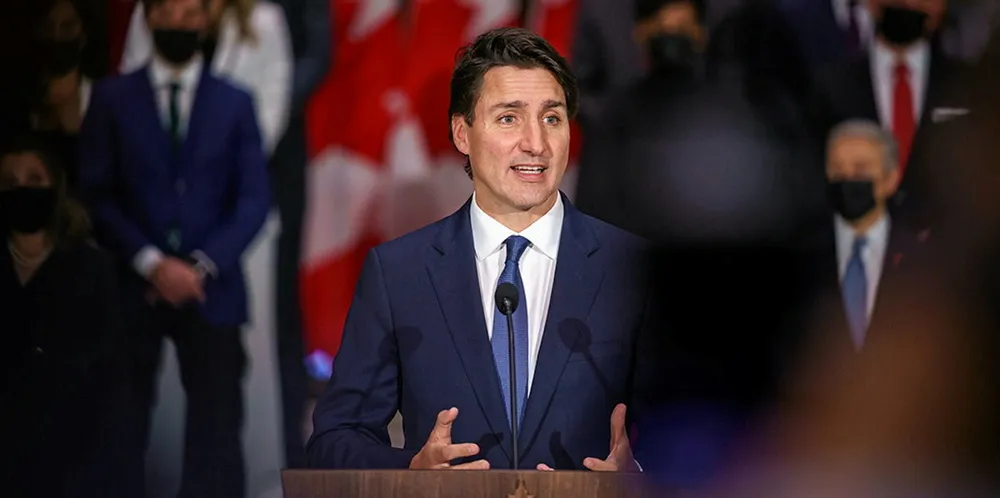'Unrealistic hydrogen assumptions mean Canada may struggle to hit 2030 emissions targets': federal watchdog
Environment commissioner issues scathing 38-page report into government’s 'overly optimistic' and 'unfounded' clean H2 projections

Environment commissioner issues scathing 38-page report into government’s 'overly optimistic' and 'unfounded' clean H2 projections
